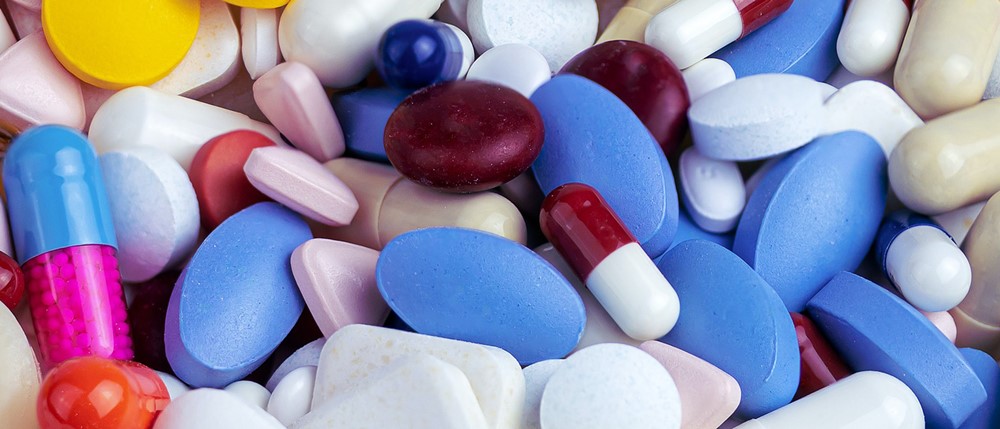Drug abuse in pregnant women – why is it dangerous?
There are a lot of physiologic changes in pregnancy, which can alter the metabolism of many drugs. Pregnancy is marked by nausea and vomiting, decreased gut motility, and a basic gut pH. All these factors can significantly alter the bio-availability of drugs taken orally.
The total amount of blood a heart pumps out increases, as well as the total blood volume. There are also respiratory changes like hyperventilation and an increase in the intake of oxygen per minute. This leads to increases in the uptake of inhaled drugs in the alveoli in the lungs. There occurs also an increase in renal blood flow as well as in the rate of filtration in kidneys leading to faster renal clearance and a decrease of the time when a drug is present in the body.
The net effect of these physiological changes is decreased drug concentration after a normal dose when the woman is pregnant. Generally, a higher dose is needed for pregnant patients although there are some exceptions, and abuse of certain drugs might have fatal consequences. Doses need to be monitored to make sure that the drug is taking effect, but at the same time, it needs to be ensured that the drug is not being toxic to the mother and the fetus.
Pregnancy
Probably the most important reason why taking drugs during pregnancy is dangerous are the possible birth defects, which are visible deformities that develop while the fetus is still in the womb. The implantation period, which is less than 15 days after fertilization is also called the “all or none” period. If a harmful stimulus in the form of a drug acts during this phase, one of two things may happen: either the cells will die or the uninjured cells will compensate to proceed with the normal development.
The most crucial stage of pregnancy is the embryonic period, which is from the 2nd to the 8th week age of gestation. The fetus is most susceptible to teratogens at this stage and can lead to structural malformations.
After the form and structure are developed during the embryonic period, the fetal period follows wherein functional developments arise. Exposure to teratogens during this time can cause functional defects and minor anomalies.
Forbidden drugs
There are a number of drugs that should be avoided during pregnancy and abuse of them by women can be really harmful. Erythromycin can cause acute cholestatic hepatitis in pregnant mothers. Metronidazole used against fungal infection can cause mutation in the fetus. Aminoglycosides such as streptomycin can cause ototoxicity and ear problems. Warfarin can result in facial dysmorphism, nasal hypoplasia, and defective bone mineralization in the fetus. ACE inhibitors used in renal diseases and in hypertension can cause renal dysgenesis in the fetus. Live vaccines such as chickenpox, MMR, and polio are avoided during pregnancy because of the risk of fetal transmission.
FDA classification
The Food and Drug Administration (FDA) came up with a classification with letter assignments A, B, C, D, and X, based on the drug safety for use in pregnancy, considering available clinical evidence. There are drugs that are safe for pregnant women such as multivitamins and prenatal supplements like folic acid. These drugs belong to Category A, wherein no fetal risk factors were demonstrated during controlled trials.
Commonly used drugs such as penicillin for bacterial infections, acetaminophen for pain and fever relief, insulin for Diabetes Mellitus, and nystatin for fungal infections belong to category B and have no evidence of risk although they should be consulted with a doctor as abuse might have severe consequences.
However, all pregnancies have a baseline 3% risk for congenital malformations even without exposure to any drug or any agent. Also, birth defects are not only due to drugs but also due to environmental factors such as infectious agents, maternal factors, mechanical problems, radiation, and hyperthermia.




























